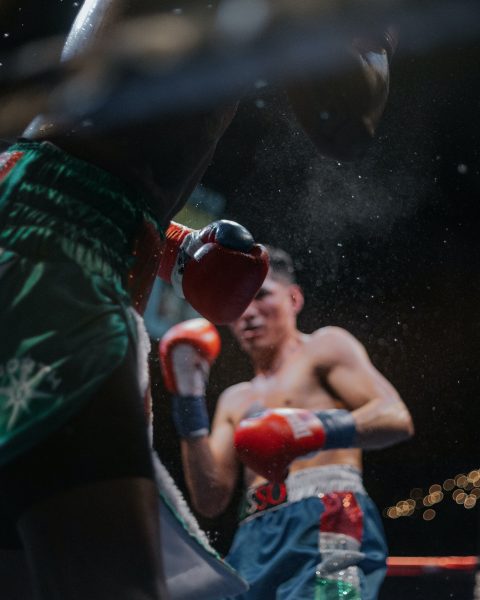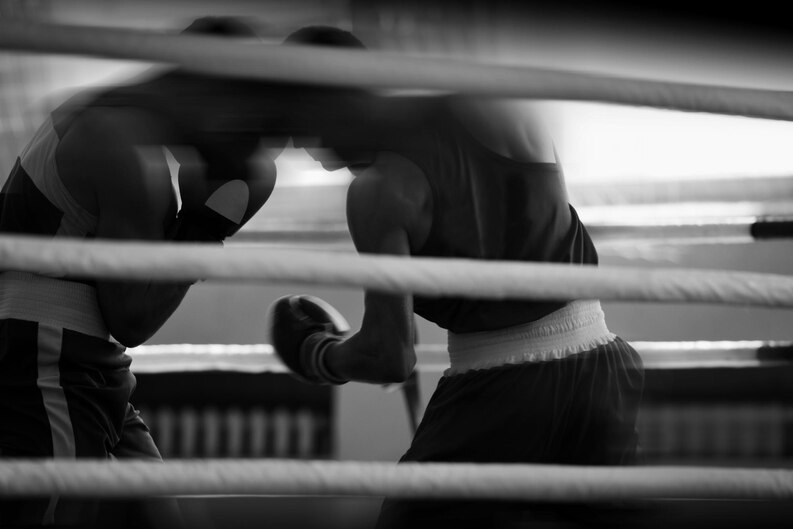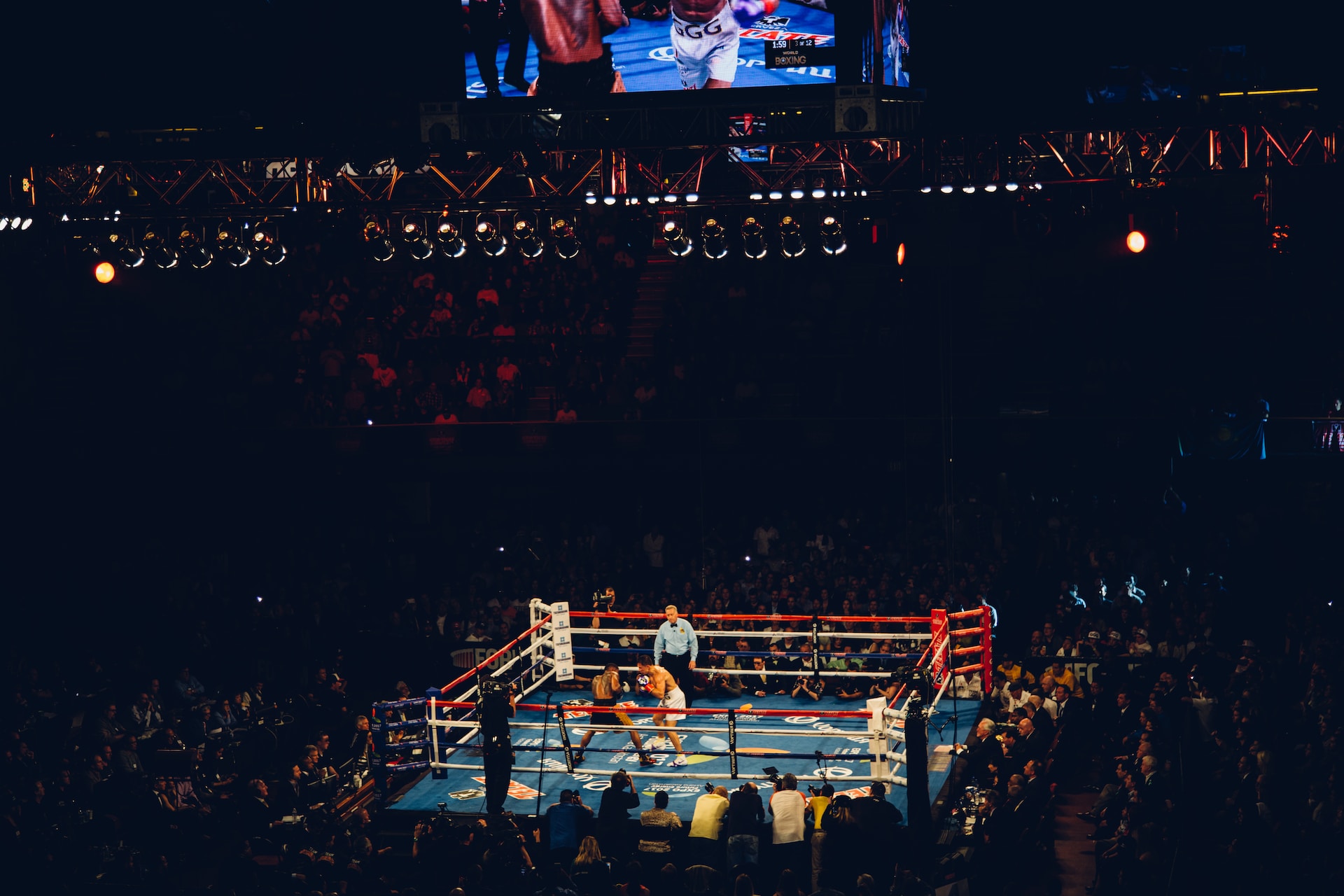The Rise of Influencer Boxing: A New Phenomenon in the World of Combat Sports
In recent years, combat sports have witnessed a unique and unprecedented phenomenon: influencer boxing. What started as a novelty spectacle has rapidly gained popularity, attracting millions of viewers and generating substantial revenue. With influencers, social media stars, and celebrities stepping into the boxing ring, a new breed of fighters has emerged, and fans and critics alike are eager to know who reigns supreme. As such, influencer boxing rankings have become a hot topic of discussion, sparking debates and conversations within the combat sports community.
The Crossover Between Sports and Entertainment
Influencer boxing has its roots in the crossover between sports and entertainment. Social media influencers, who have amassed massive followings on platforms like YouTube, Instagram, and TikTok, have leveraged their popularity to enter the world of combat sports. These influencers, who may have little or no previous experience in boxing or any combat sport, have participated in high-profile exhibition matches, often against fellow influencers or celebrities. These fights are typically promoted as entertainment events rather than professional boxing contests and are known for their flashy production values and hyped-up atmosphere.
Commercial Appeal and Revenue Generation

One of the critical aspects of influencer boxing is its commercial appeal. These events generate significant revenue through ticket sales, pay-per-view (PPV) buys, sponsorships, and merchandise sales. Major brands have taken notice and capitalized on the popularity of influencer boxing by sponsoring events and fighters, recognizing the massive reach and engagement of influencers’ social media platforms. The financial success of influencer boxing has led to increased interest from fighters, promoters, and fans and has sparked the need for influencer boxing rankings.
The Role of Rankings in Combat Sports
Rankings have long been a staple in combat sports like professional boxing, MMA, and kickboxing. They provide a system for evaluating fighters’ skills and achievements and help determine title contenders and match-ups. However, influencer boxing rankings differ from traditional rankings, as soldiers often need more professional records and experience than conventional fighters. Nevertheless, with the growing popularity of influencer boxing, some organizations and media outlets have attempted to create rankings to evaluate these fighters’ performances and determine their standing in the sport.
Challenges in Creating Influencer Boxing Rankings
One of the challenges in creating influencer boxing rankings is the need for a unified governing body or standard ruleset. Unlike traditional combat sports, regulated by established organizations like the World Boxing Association (WBA) or the Ultimate Fighting Championship (UFC), influencer boxing events are often organized independently by promoters or individual influencers. This can lead to consistency in the matchmaking, scoring, and rules of the fights, making it difficult to objectively rank fighters based on their performances.

Another challenge in influencer boxing rankings is the fighters’ diverse skill levels and backgrounds. While some influencers may have trained in combat sports or have athletic experiences, many are novices who have taken up boxing specifically for these events. As a result, there can be a wide discrepancy in the skills and abilities of the fighters, making it challenging to accurately rank them based on their performances alone. The fights are often exhibition matches with relaxed rules, such as no knockouts allowed or limited rounds, further complicating the ranking process.
Approaches to Influencer Boxing Rankings
Despite these challenges, several organizations and media outlets have attempted to create influencer boxing rankings. These rankings typically consider factors such as fighters’ records, performances, level of competition, and impact on the sport. They may also consider other criteria like social media following, popularity, and marketability, which are often essential aspects of influencer boxing. Some rankings are based on objective criteria, while others may incorporate subjective opinions and judgments from experts or fans.
One approach to influencer boxing rankings is to categorize fighters based on their experience or skill level. For example, some orders may have separate categories for amateur, novice, and professional boxers, helping to account for the diverse backgrounds and abilities of the participants. This can provide a more accurate and fair assessment of each fighter’s standing in the sport while acknowledging the unique nature of influencer boxing as a blend of sport and entertainment.

Unlock your online potential with the 5-day Boost Your Followers Challenge. Learn proven strategies to master social media and online influence in just 5 days!

